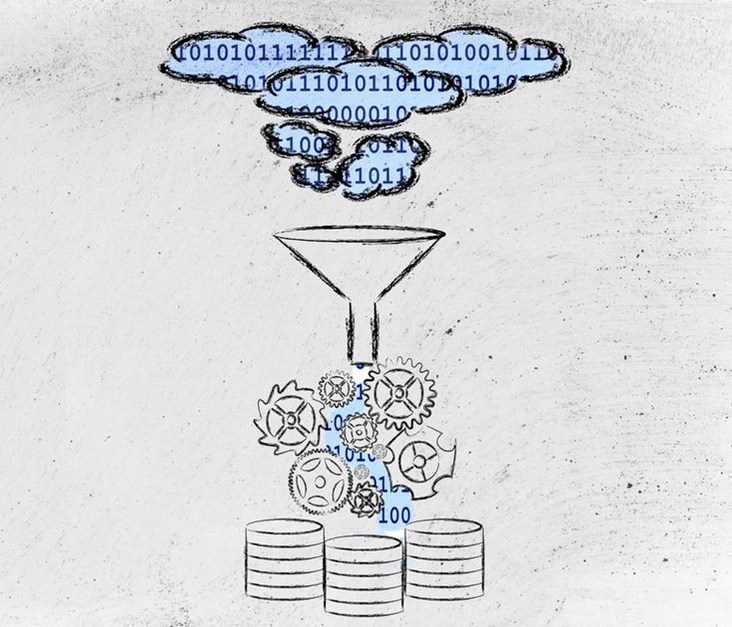
A McKinsey survey conducted over a four year period on the effects of web 2.0 revealed that companies that heavily used social technologies, or network enterprises, showed significant improvement in their corporate performance.
The study showed that these network enterprises’ intensive use of collaborative Web 2.0 technologies, both internally between employees and externally with customers, partners, and suppliers, are more likely to be market leaders or are gaining market share rapidly, while exhibiting better management practices leading to higher operating margins.
The study assessed the impact of Web 2.0 using 3 performance metrics: market share gains, operating profits, and market leadership.
Market share gains were attributed to closer marketing relationships with customers through involving them in customer support and product development.
Higher operating margins were attributed to 2 factors: Web 2.0 promotes a more agile organization that allows employees lower in the corporate hierarchy to make local decisions while it also facilitates the formation of working teams compromising both employees and individuals outside the organization.
Market leadership correlated positively with internally networked organization while it correlated negatively with externally networked organization. The study however explained that the latter relationship was not significant of a negative effect of external use of Web 2.0 technologies on organizations as better interactions with external stakeholders are unlikely to negatively affect a company’s rank in the industry. Instead it argued that these findings could be because established market leaders use Web 2.0 to strengthen internal collaboration while challengers focused on attracting customers.
The study concluded that collaborative technology promoted a learning environment in organizations where the lessons learnt from interacting with a set of stakeholders positively affect the relationship with the other sets. Such a sequnece would accelerate the competitive advantage as network effects kick speeding up the learning cycle.
Latest Business
Intelligence Report













